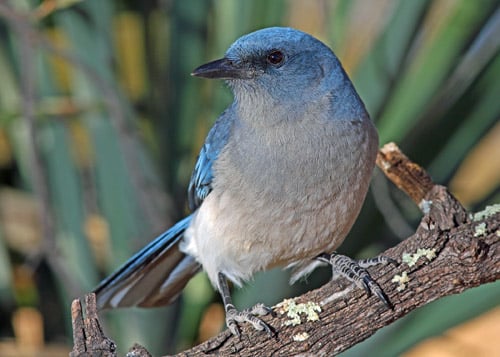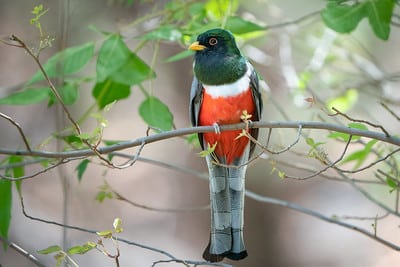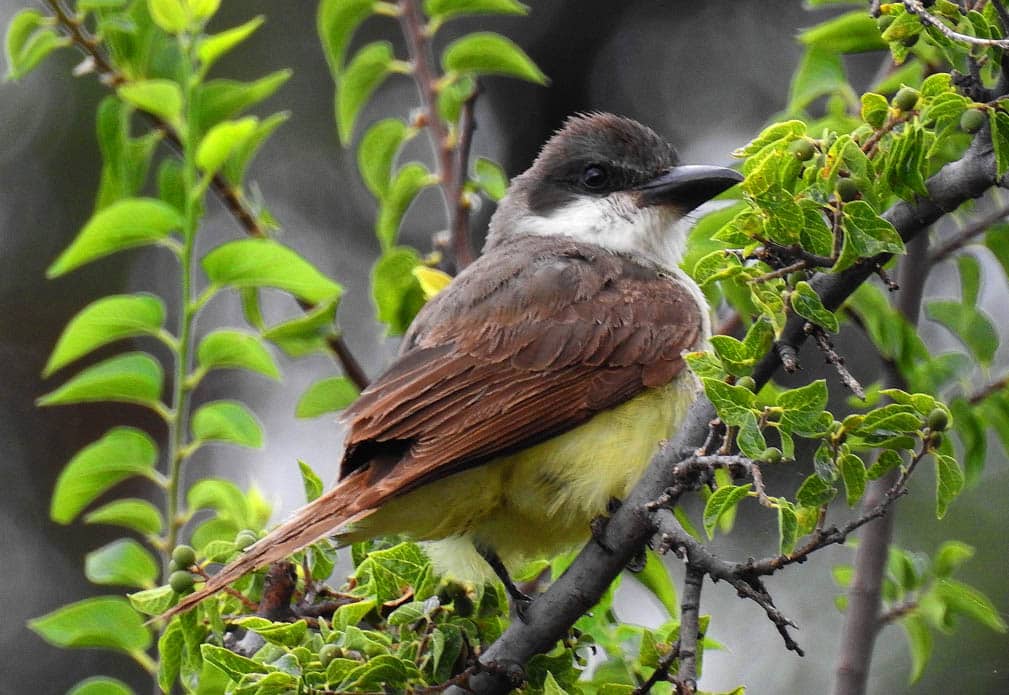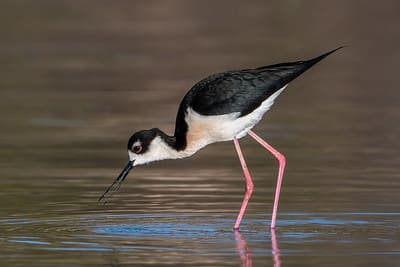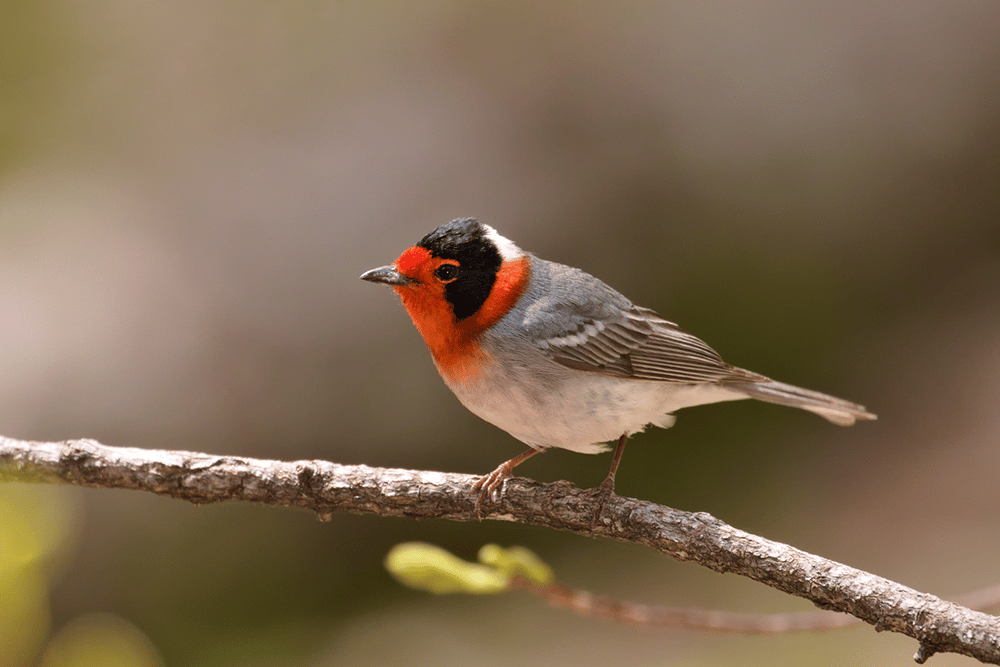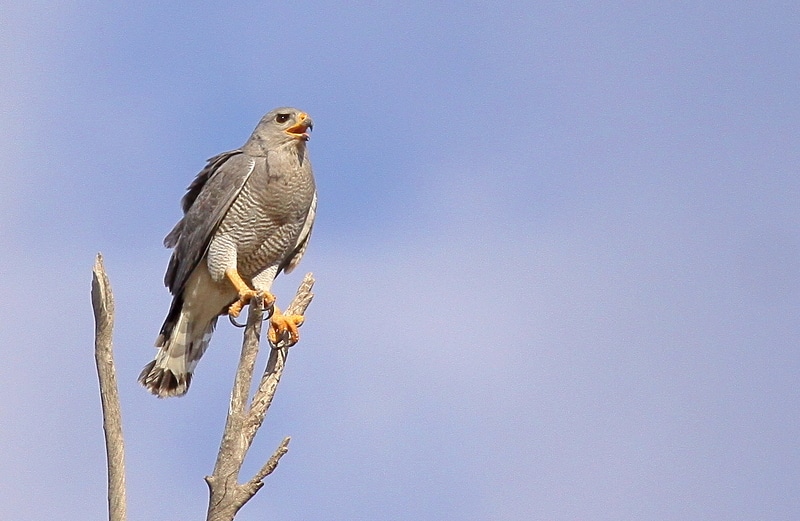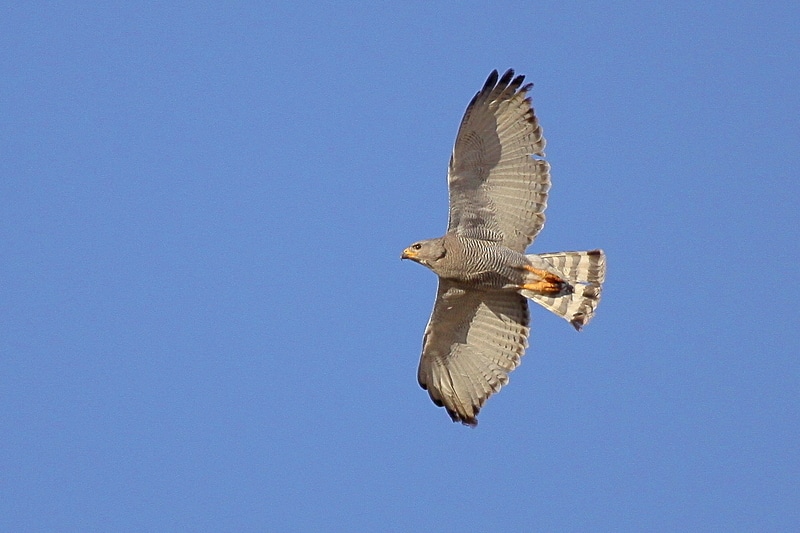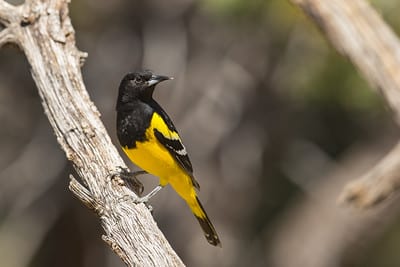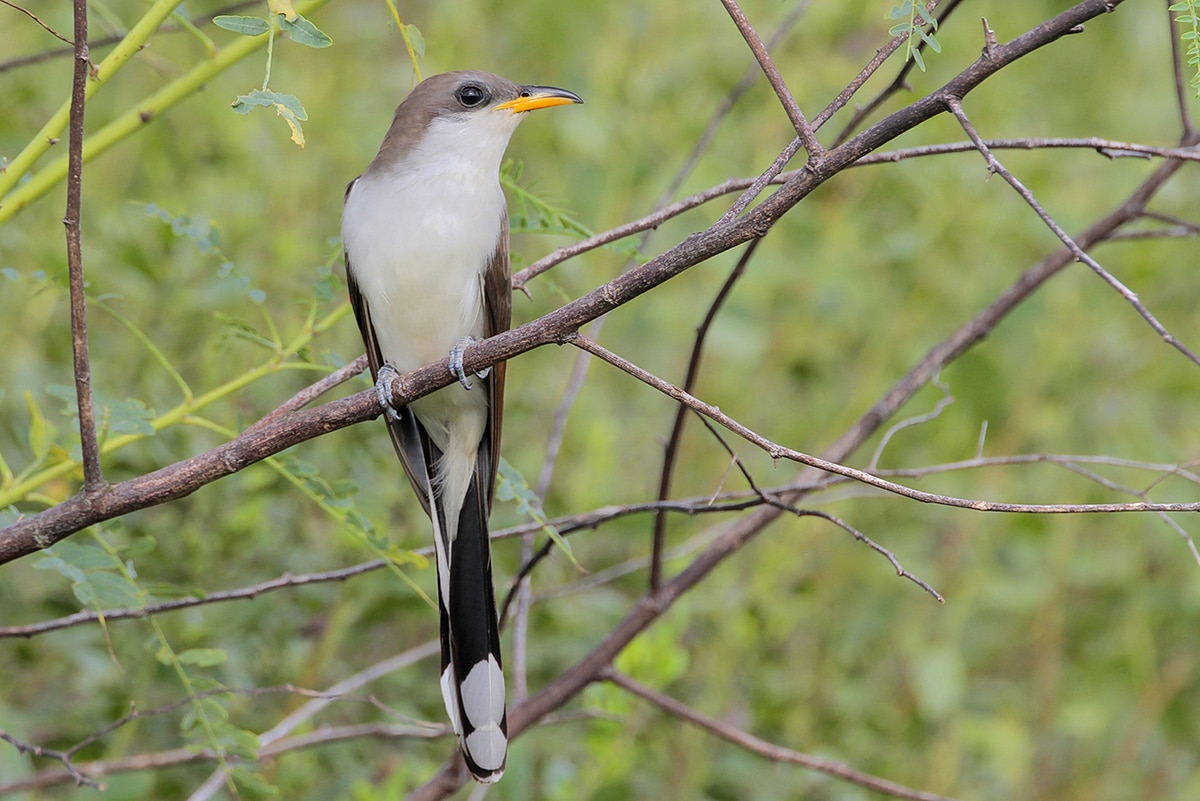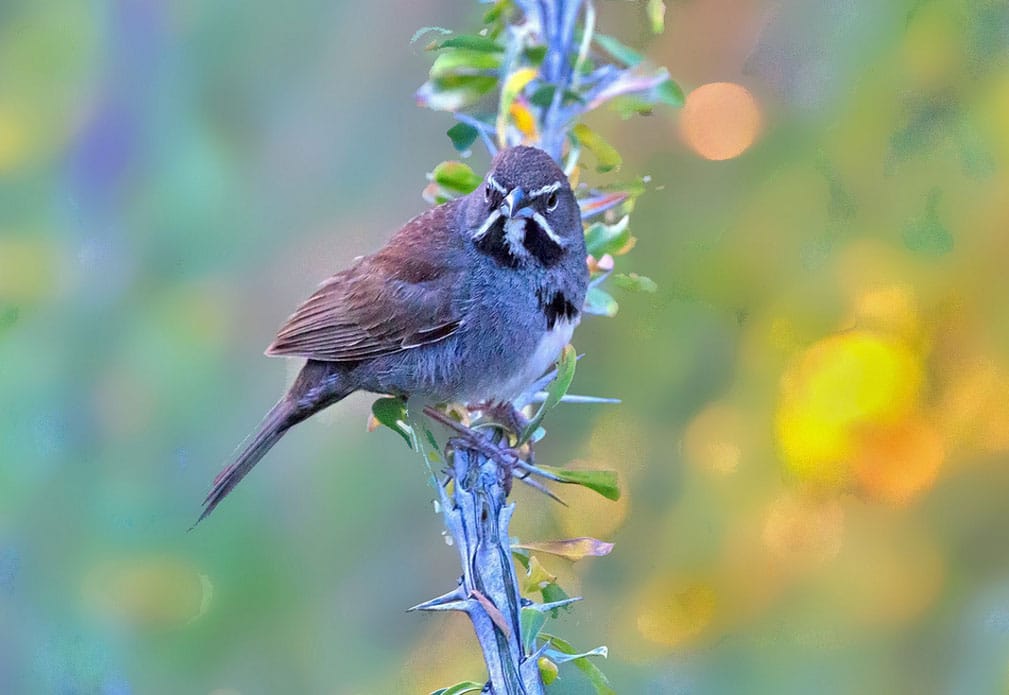Difficulty: Moderate (possibly some steeper slopes or more rocky/rooted trails)
We’ll start at the Gordon Hirabayashi Campground to search for birds of oak woodland such as Woodhouse’s Scrub Jay, Bushtit, and Scott’s Oriole before heading up to higher elevations and new habitats. A stop in Bear Canyon puts us in a beautiful canyon where we’ll search for Mexican Jay, Plumbeous Vireo, and Grace’s Warbler among others in the sycamores and pines. Depending on timing and activity we may visit other locations as well. Drive time to initial meeting location from festival venue is about 40 minutes, specific meeting instructions will be emailed beforehand. Limited to 8 participants.
Mexican Jay by John Hoffman

